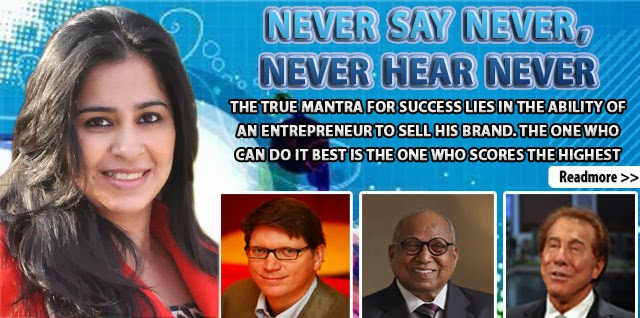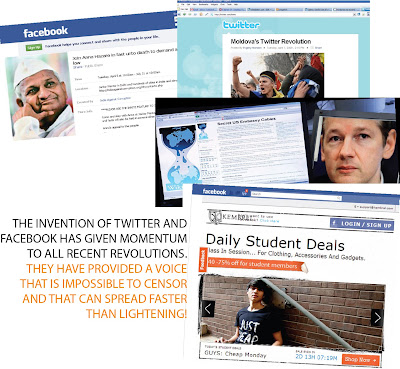PAISA VASOOL
Recession does lead to a windfall for marketers who thrive on affordability. But that does not mean companies should go for panic discounting, as it harms brands in the long run. Better options are available to improve your product demand...
“Four bucks is dumb Serving Espresso.” Smirks a billboard in Seattle USA. This was McDonald’s way of advertising for its coffee. Early 2008 McDonald’s had started unsnobbycoffee.com to promote the launch of its espresso drinks. McDonald’s was doing all it could to steal business from Starbucks, even though its advertising agency claimed that the fact that “Four bucks” rhymes with “Starbucks” was purely coincidental! It claims it was more to do with the pricing. At Starbucks, a cup of coffee costs $4, while you could buy a cup at McDonald’s at one fourth the price. McDonald’s and Starbucks have been at war for long in a quest to grab the larger market share. So McDonald’s started serving coffee and Starbucks started serving breakfast sandwiches. However there was a slight difference, after trying to outdo each other, we find Starbucks in the process of closing down up to 600 locations, while McDonald’s just can’t stop smiling at its balance sheet.
It’s surprising how some companies are thriving in times like these while their competitors are wilting away. Big retailers like Abercrombie and Fitch, Barney’s, Neiman Marcus, and even Saks Fifth Avenue say they have been hit by the worst holiday season in almost 40 years. Meanwhile, things couldn’t be better for Wal-Mart, as millions of consumers continued to flock into Wal-Mart to buy its low price, quality goods. According to Lee Scott its former CEO, founder Sam Walton built the company to thrive during downturns – something it surely has been doing pretty well this time round. What is it that’s made these companies and many more like them “recession resistant”?
The consumer is changing
The consumer is cash-starved. He needs to save money and given the first opportunity, would switch to cheaper brands. He is holding off big purchases but he still needs the basic necessities like clothes and medicines. He still doesn’t mind spending on a toy which will light up the face of his child and sometimes he does indulge into guilty pleasures of a rich, dark chocolate, a glass of wine or a puff of a cigarette. According to Mintel International, the US cigarette and tobacco market will grow by 28% to $132 billion from 2008 to 2011.
Yes impulse purchases are seeing a decline. People are asking for discounts even during the peak season. Retailers of all types, be they car makers, home builders are stuck with huge inventories. For survival they are slashing prices. Microsoft has cut the prices of its Xbox 360 Pro – its best selling version, to be able to put pressure on rivals Nintendo and Sony. Intel has slashed prices by up to 40% on its Quad-Core Chips. Top end designers of luxury goods and apparel are giving discounts as high as 70% to lure customers back into their outlets. Think about it; till just about a year ago, luxury stores couldn’t keep up with the wealthy’s appetite for extravagance.
From Jaguar to Apple, everybody seems to be cutting prices and it seems to be boom time for auctioneers and discounters. Gilt Groupe is a company that sends members e-mail alerts about a sale from a specific designer – and many big names like Valentino etc. are turning to it for help. Portero.com, an auctioning website is also doing brisk business by auctioning Chanel bags, Tourneau Watches etc.
Last Christmas created records when prices were cut the maximum by many retailers to woo the customer back. This traditionally is that time of the year when sales used to be maximum. This time it was different. So then is price the only solution? Not really.
Get your strategy right
Extreme discounting is not good as it erodes the value of the brand in the long run. If you really have to reduce prices, do it by taking away certain valued features from the discounted product. Your brand value will not erode and when times are better the consumer will be willing to pay higher prices for those valued features which he could not afford earlier. Also, you need to get your advertising and marketing strategies in order so as to change the perceptions of the consumers. He needs to feel that this money is well spent. Consider this – amongst all the airlines in India, Indigo seems to have no plans of reducing fares, rather it’s all set to expand and add new destinations.
P&G executives have declared that they would not have any major price rollbacks, rather P&G would work on increasing productivity and becoming more efficient. Not just that, its brands Tide, Dawn liquid dish cleaner etc. would be marketed as “value-for-money” options. Meaning you could get more washes with P&G products, as compared to lower priced options.
Agreed the purse-strings have been tightened, the budgets reduced but remember what Ogilvy said, “The consumer is not a moron, she is your wife”. The consumer is looking for a deal, which promises him his money’s worth and all those who succeed in doing this would find no problems in attracting the consumers back. This is where correct marketing & advertising strategies are going to play a vital role. You need to show the customer that when he is buying your product or brand, he is getting a “good deal”, which is not necessarily the cheapest deal. There are various ways of doing this. Hyundai is one company that has done this very systematically. It has positioned itself not as a low-cost product or a luxury brand but as a “value brand” and to prove its point, it offers great prices, and great warranties. This reinforces the value proposition.
Another product that’s become a surprise super hit in USA is “Snuggy”. It’s a blanket with sleeves. It is an example of a product that gave full value for money. When it was introduced, a lot of analysts, bloggers condemned it sharply and called it a product for “overweight, depressed and lonely couch potatoes”. Strangely it turned out to be a product which helped you keep warm indoors without having to turn up the heating (thus saving people those precious green bucks) and its sleeves gave you the freedom to move your hands as compared to a traditional blanket or shawl. Moreover you could use it outdoors & indoors. It was total value for money – consumers loved it & lapped it up. Also people loved its ads.
Today, its advertisements showing cozy family scenes are working much better. So the next time you plan your ad campaign, don’t forget the psychological state of mind of the customer. Anything that is warm, friendly, familiar, and comes with a feeling of security is working wonders. So go back and re-shoot your ads, do not get into panic discounting; rather think how you can convince the consumer that he is getting his money’s worth & he will be yours. Today the consumer is spending only where he feels it’s full “Paisa Vasool”.


Comments
Post a Comment